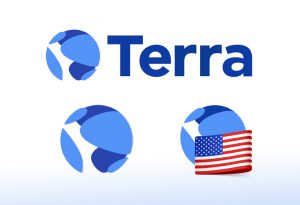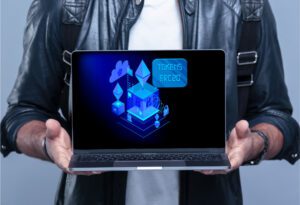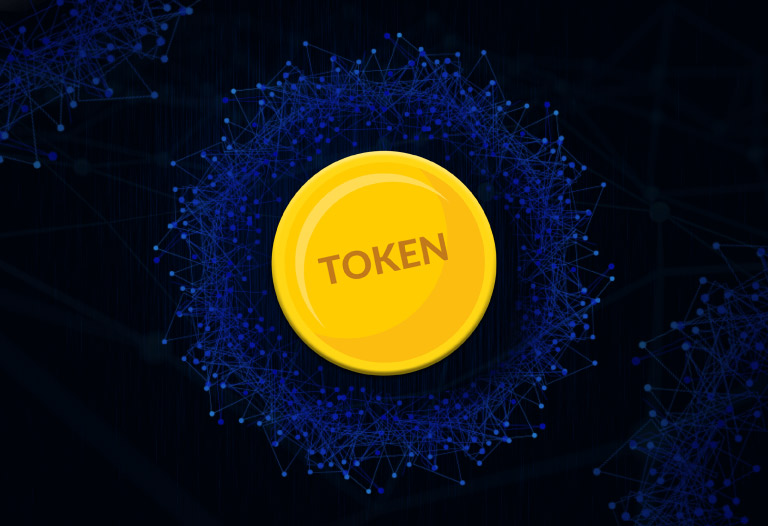
Table of Contents
ToggleWe are currently living in an era where technology plays a predominant role, which has resulted in both positive and negative aspects.
However, in various aspects of the economy, technology has shown great advances that make our lives easier.
An example of this can be seen in banks. To avoid giving us checkbooks and other papers that symbolize the existence of a bank account, they give us a device whose code changes from time to time.
This device has the name of digital token and its function is to allow us to make transactions only using the code that is on the screen of the device.
In addition, we can consult our account information without having to go to a bank.
In a very similar, but more interesting way, tokens work in blockchain technology.
Certainly, in the world of cryptos, we have a great diversity of tokens that not only symbolize money, but are used as the new value titles of different assets in this era.
Get ready, because today we will take a look at what the tokenization process consists of and how it works. Without further ado, let’s get to it!
What is tokenization? Let’s talk about asset tokenization.
Tokenization is the process by which an asset is converted into a digital token that can be moved, stored or recorded on a blockchain.
They can come to symbolize a digital or physical asset such as real estate, bonds, fund units, and so on. You name it, it can be digitally represented in a token.
Simply put, tokenization converts the value of an object, such as a painting by your favorite artist, into a token that can be used within a blockchain system.
Unlike digitization (when we convert a physical asset into a digital one), in tokenization we convert a tangible or intangible asset into a decentralized blockchain-based one.
From this point on, their representation is in tokens and their exchange or transfer will be carried out using a blockchain.
In this way, as with a Bitcoin, we store our money or assets in our wallets and can transfer them to anyone at any time.
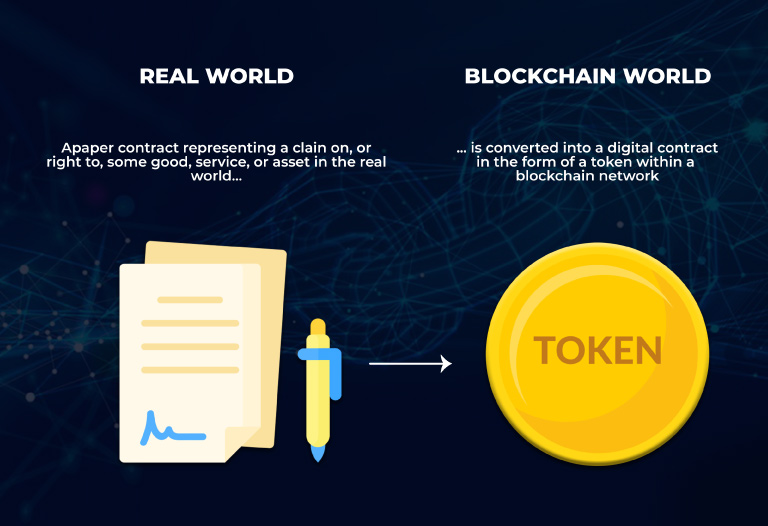
What types of assets can be tokenized?
There are two types of assets that can be represented as tokens on a blockchain:
1- Fungible assets
Fungible assets are interchangeable and each unit of the asset is exactly the same and has the same value.
For example, every 5-euro bill represents that amount: 5 euros or 1 bitcoin is, in all cases, 1 bitcoin. Therefore, the fiat currencies of financial systems are fungible.
Usually, they can be divisible. Following the example of the euro, we can divide it into cents.
2- Non fungible assets
Non fungible assets are those that cannot be divided into smaller pieces in the real world, are unique and are not necessarily interchangeable.
For example, a painting of the Mona Lisa cannot be divided. There is only one authentic painting, which makes it unique and each replica has a different value than the genuine painting.
To tokenize a non-fungible asset, a digital signature is introduced in a secure way that cannot be modified, which proves its authenticity and promotes data protection. The result (the non-fungible tokens) is called NFT.
In general, what are its uses?
In business models and digital technologies, we can observe different uses:
-
- As currencies:These are tokens that are used to transfer value between users that make up a network. For example, Ethereum users use ETH, the Ethereum token, to perform their transactions.
- As assets: When you buy digital assets, such as cryptokitties or collectibles, what you are really doing is buying a token that represents the ownership of these assets; as with a painting, an NFT token ensures the exclusivity of the digital art you bought.
- As shares: Tokens can represent shares of a company (For example, Tesla). In this way, we can participate and contribute to their project, depending on the amount of tokens we have. This use is common for utility tokens.
- As rewards: There are services and networks that reward their users with tokens. An example of this is Compound, where, for lending cryptos, they give you tokens, in addition to the interest on the loan.
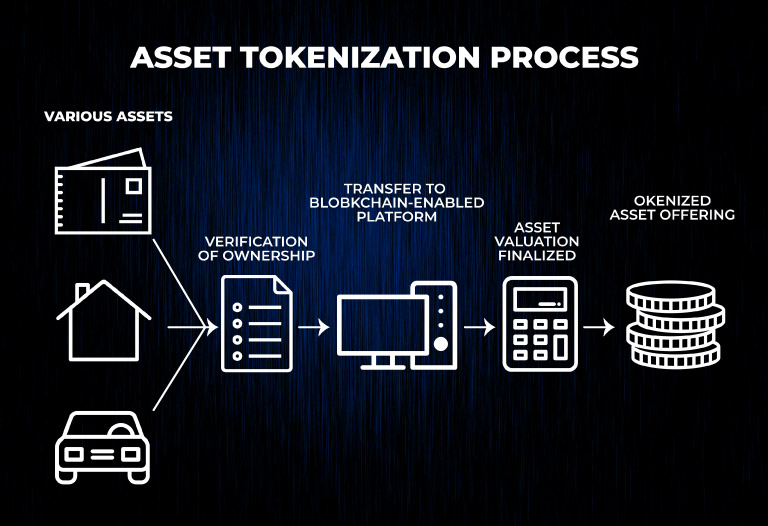
What is the tokenization system like?
To create a token, two points must be taken into account:
-
- A blockchain that allows the token to be developed: a token requires a platform to be developed.This is because, as we represent something existing in the “real world”, the token needs a space where to develop and represent what it will be created for. In this case, the platform is an existing blockchain.
- A smart contract or programming that makes clear everything that can and cannot be done with the token.
Basically, this point consists of defining everything: how it will store data, which data it may or may not store and which are characteristics. To do this, protocols are created.
In this second point, it is essential to know that its protocol or characteristics depend entirely on the blockchain and the programming tools available to it. In other words, the tokenization platforms.
-
-
- If we use Bitcoin to create a token, the contract or programming must be done using the Bitcoin Script language.
- On the other hand, if we use Ethereum, we must use the Solidity language to program smarts contracts that will give life to the tokens.
-
What are the benefits of tokenization?
With all of the above in mind, we can see four advantages that tokenization gives both investors and sellers. Let’s take a quick look at them:
-
- By tokenizing assets, especially private or typically illiquid assets such as fine art, they can be traded or exchanged on a secondary market or online store. The fact that they can access a trader base on a secondary basis increases liquidity.In this, on the one hand, sellers can capture a higher value of the asset. On the other hand, investors have more freedom, since they can buy and resell as normal, without the need to provide sensitive data or confidential information.
- Transactions are faster and cheaper, as they are automated and completed with smart contracts. As a result, there are fewer intermediaries and reduced transaction costs.
- There are security tokens that are able to give you the rights and legality to be the holder of the token.Likewise, you must assume other responsibilities inherent to the token, which makes the processes more transparent and secure, since you know who you are dealing with and what the rights of each party are.
- Related to the first point, tokenization allows the market to be opened to a wider audience. It therefore allows for a broader base of potential investors and reduces the time needed to trade.
So much for our tour.
If you are interested in reading more articles associated with the news of the crypto universe and its basic concepts, you can click on the topics below.
Also, you can check our blog on a weekly basis. We publish about different crypto topics, tokens and amazing projects that we know will be totally useful for you.
For the time being, see you in a future article!






